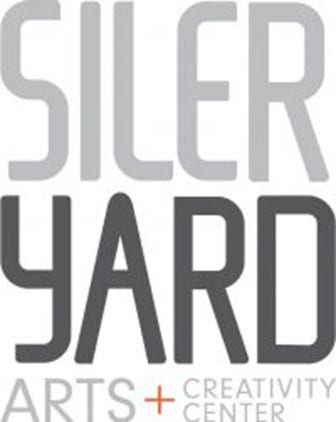
February 6, 2019; Next City
Nearly three years ago, the city of Santa Fe agreed to donate five acres of land for a project that already had been discussed for more than a decade: an affordable housing community for artists, in a city known for its artists. As reported last week in Next City, Santa Fe remains supportive of this development, now known as Siler Yard: Arts+Creativity Center, and recently recommitted $2.1 million for the project, including the $1.3 million parcel of land.
Yet the project remains stalled. Reasons have ranged from at one time state tax credits being withheld to shifting energy-efficiency policies and even local politicians second-guessing the design.
The Siler Yard website cites a 2016 market analysis that explains the need for affordable housing for artists, with a backdrop of high occupancy rates for multi-family housing units and soaring rental costs:
Santa Fe’s high cost of housing and commercial spaces is pushing our workforce out of the city. The city currently lacks more than 3,000 units of affordable rental housing, rental vacancy rates are less than three percent for the third year in a row, pushing rental rates up over 30 percent in the last three years. As a result, Santa Fe is exporting its creative talent, young workers, and future community leaders instead of exporting their creative products and services. The affordability crisis in Santa Fe is not just about housing. The shortage of affordable space also affects artists, performers and creative workers looking for studio, performance, commercial and sales spaces.
Sign up for our free newsletters
Subscribe to NPQ's newsletters to have our top stories delivered directly to your inbox.
By signing up, you agree to our privacy policy and terms of use, and to receive messages from NPQ and our partners.
While the funding challenges have so far prevented the $16.3 million project from being realized, a growing coalition of nonprofits have gotten involved. A 2015 “Our Town” planning grant from the National Endowment of the Arts helped define the live-work needs and design preferences of local artists. Research by ArtSpace, a Minneapolis-based nonprofit leader in developing affordable housing for artists, and advocacy by Creative Santa Fe have advanced the thinking and led to identification of the land since donated by the city. And New Mexico Inter-Faith Housing has stepped in to lead the development and serve as lead applicant for housing development funding. A locally led design collaborative has also joined the effort.
Siler Yard envisions 65 housing units of various sizes in eight residential buildings, each with its own studio. A shared resource center will support a makerspace as well as support workforce development. Outdoor spaces will include a plaza and playgrounds. At the January City Council meeting where funding was again approved, the conversation nearly swerved off course when someone asked if the live-work units were perhaps too big and if more than 65 units might be built to make more of the public funds. Alexandra Ladd, director of Santa Fe’s Office of Affordable Housing, says she understands the question, but notes the importance of “taking big steps away from the idea of warehousing poor people.”
With renewed support from Santa Fe City Council, the project team this month will submit its third application for a state tax credit, and it should have an answer by May. One challenge is that the land being made available for the project is in a high-cost area, and so would require a higher per-unit subsidy. (Ironically, it is the site of the city’s former sewer treatment facility, a fact which perhaps ought not to be parsed too carefully.) Daniel Werwath, chief operating officer of New Mexico Inter-Faith Housing as well as an artist, has been advocating for affordable housing for artists in Santa Fe since 2005. He explains, “From my own experience as an artist and craftsman, the obstacles to low-cost working space in Santa Fe are huge. We don’t have a big, abandoned warehouse district, and houses here are small.”
While the state tax credit decision will be critical, the project team has been actively exploring other funding options. The tax credits used to favor green building, but later dropped them. But since building sustainability and lower energy costs over time make sense for the project, a local fundraising campaign was launched, and it raised more than $350,000.
NPQ has previously reported on affordable housing for artists in cities as different from each other as Mesa, Arizona, and Chicago, Illinois. The ArtSpace website indicates that it has 51 properties in operation around the US, with another 20 either in development or at the stage of leasing to artists; the nonprofit has lent consulting support to more than 200 other projects, including Siler Yard. This is a trend we will continue to track.—Eileen Cunniffe













